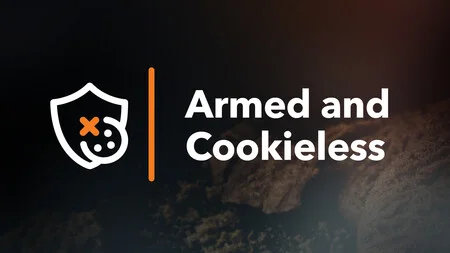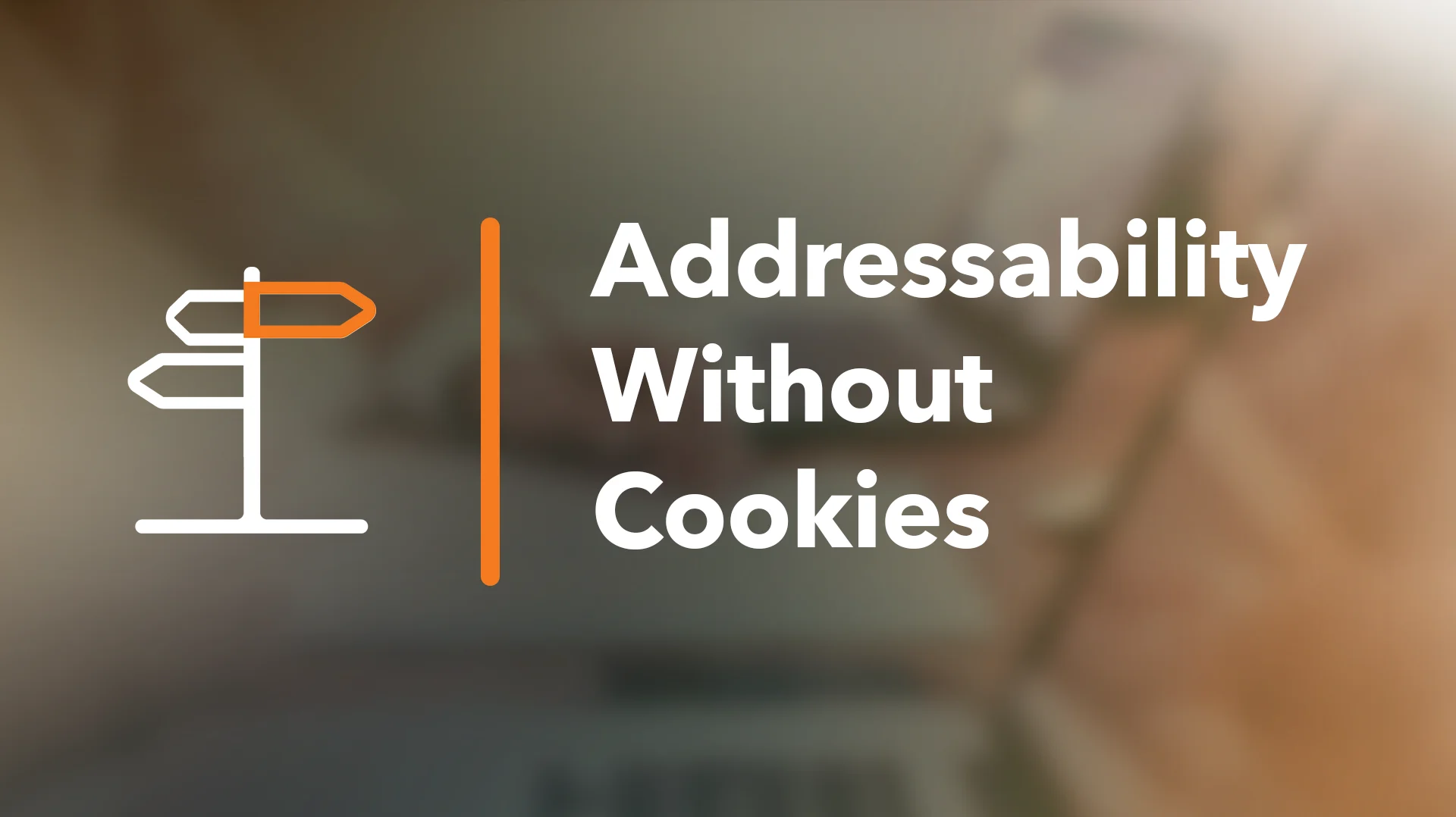As browsers and platforms deprecate third-party cookies, the opportunity for cookies to travel with the user as the user goes from one domain to another is no more, severing the browser infrastructure to measure ad effectiveness.
Why it matters — Because advertising requires cross-context activity, measuring effectiveness requires both contexts to contribute data in order to understand whether an ad was effective. But without third-party cookies traveling with the user from one domain to another, the browser infrastructure to measure ad effectiveness is no longer. The good news, measuring ad effectiveness is still possible without third-party cookies. It just looks a little different.
How Third-Party Cookie Deprecation Impacts Measuring Effectiveness in Digital Advertising
At its core, advertising is about delivering a message to consumers who aren’t interacting with your brand in your brand’s context. For example, advertisers put billboard ads to reach consumers who aren’t subscribed to email newsletters. They buy ads on websites they don’t own to reach the millions of consumers who haven’t visited their websites yet. This activity is inherently cross-context. Because advertising requires cross-context activity, measuring effectiveness requires both contexts to contribute data to understand whether an ad was effective.
Linking an individual across contexts has been typically achieved through third-party cookies. As a user goes from one context (domain) to another, the cookie on their device travels with them. For example, this makes it easy to observe if the user who’s seen an ad on a website is also the user who purchased a product or service. Thus, confirming that the advertising dollars were well spent on that website.
But as browsers and platforms deprecate third-party cookies, the opportunity for cookies to travel with the user is no more, severing the browser infrastructure to measure ad effectiveness. At the same time, European publishers are heavily incentivized to reduce the number of third-party measurement providers permitted on their pages, further severing the ability to measure outcomes.
What Does Cookieless Measurement (Actually) Mean?
When we talk about cookieless measurement, we mean a measurement without browser-provided cross-context linking, whether via cookie or some other state maintenance mechanism.
In the next few years, digital ads measurement will distill down into three non-mutually-exclusive buckets:
Cohort-Based Measurement
Cohort-Based Measurement is based on a minimum number of users in a bucket. This is measured using the bucket’s name rather than the individuals in a bucket. Cohort-based Measurement measures how many members of a targeted audience likely resulted in the desired action. Cohorts can be built into the browser (FLEDGE calls them Interest Groups or via the Interoperable Private Attribution proposal) or implemented via Deals.
Forward-looking SSPs will provide success metrics at the deal level for advertisers and brands. Because these cohorts can be created and measured without personal data, expect these to be a crucial part of advertising portfolios.
Individual-Based-Identifier Measurement (e.g., email)
This is a measurement based on a common token known by both the publisher where an ad is viewed and by the advertiser where conversion occurs.
This type of measurement requires both parties to know the same identifier for a user. This includes a user-provided email address to either share with or rely on a trusted third party to compare overlap between emails that viewed an ad and emails that converted. Assuming both parties can solicit this information from the user, this strategy will also need to rely on explicit user consent by the data controllers and therefore is likely to be limited in its scale.
Walled gardens will use this for their own measurement.
Survey-Based Measurement
Survey-based measurement includes surveys, observation panels, and other methods of soliciting user input. Some advertising goals are brand awareness, prompting recall, or measuring brand affinity.
The Future Of Cookieless Measurement is Now. Get Ready.
Today, we see the beginnings of these changes across our industry, with investments in cohort-based measurement, increased marketing around panel-based solutions, and acquisitions that align with the first-party, privacy-first future of digital advertising.



